
Transit Briefs: BART, MDOT/MTA, Metrolink, SEPTA
Written by Marybeth Luczak, Executive Editor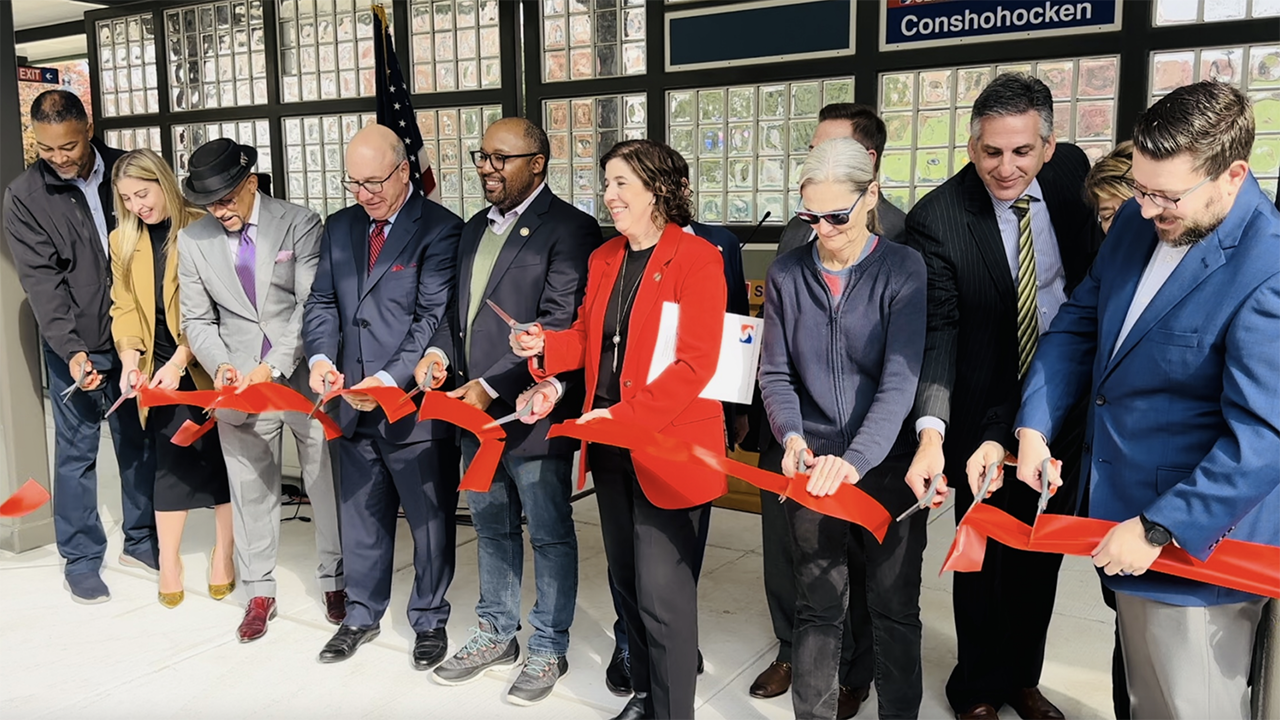
“Station accessibility is a core part of SEPTA’s capital program,” said SEPTA CEO and General Manager Leslie S. Richards (pictured, center). “With the opening of the new Conshohocken Station, we are one step closer to reaching our goal of making SEPTA easier to use and more accessible to all.” (SEPTA Photograph)
San Francisco Bay Area Rapid Transit District (BART) releases its latest performance report. Also, the Maryland Department of Transportation (MDOT) Maryland Transit Administration (MTA) is launching a Youth Transit Council; holiday express trains are returning for the fifth year to Southern California’s Metrolink; and Southeastern Pennsylvania Transportation Authority (SEPTA) holds a ribbon-cutting ceremony for a new Manayunk/Norristown Regional Rail Line station.
BART
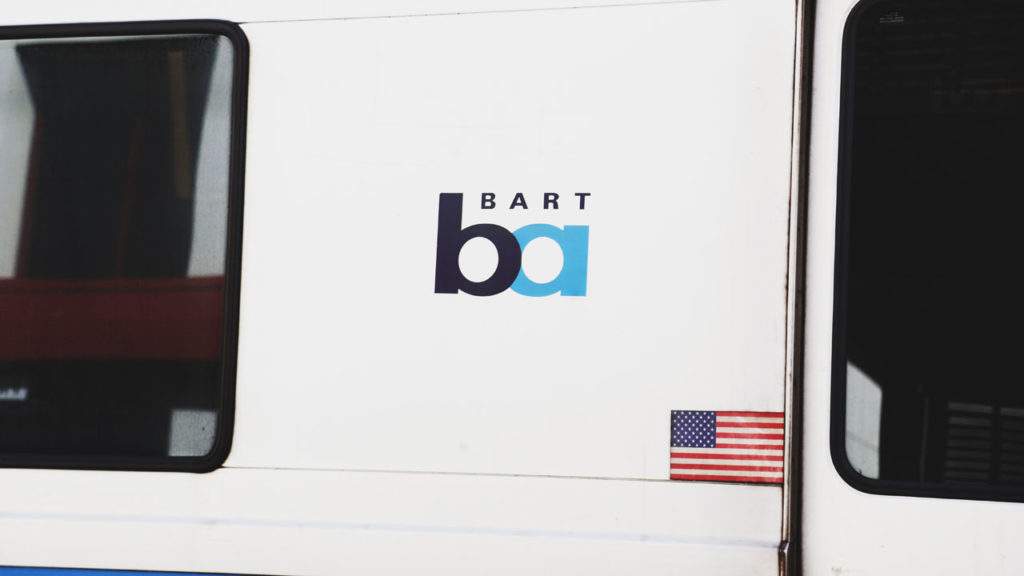
For the second quarter in a row, BART riders have experienced fewer delays, train breakdowns and cancelled trips, according to the transit agency’s latest Quarterly Performance Report covering July-September 2023.
BART reported that:
- Customer-On-Time Performance for FY 2024 Q1 (July-September 2023) was 92%. September specifically was 93%, the highest performing month in the past 12 months.
- September had the fewest delayed trains of any month in the past five quarters.
- Cancelled trains continue to be rare; only 1% of trains were not dispatched for the quarter.
- Total ridership was up 11% compared with the same quarter last year.
- Customer Satisfaction increased several percentage points this quarter to 74%.
“We are backing up our commitment to providing a cleaner and safer ride with concrete actions that are producing results,” BART General Manager Bob Powers said. “It’s especially encouraging that on-time performance is improving at the same time we have boosted night and weekend service to attract more riders. Cancelled trips have been nearly eliminated thanks to our success in hiring train operators. We will continue to work to build on these encouraging signs as we ensure BART is the safest way to travel around the Bay Area.”
According to BART, the percentage of riders in the survey who reported seeing BART PD on their trip the day they were questioned increased to 17%, a 90% jump from the previous quarter. That exceeds BART’s official goal of 12% for the first time in history, the transit agency said.
Additionally, sexual harassment data “shows an encouraging downward trend” following the launch of Phase 2 of the “Not One More Girl” campaign. The percentage of riders saying they have experienced sexual harassment on BART has been declining since FY23 Q3 (January-March), BART reported, but it wasn’t until this quarter that the decline was statistically significant—dropping from 10% to 8%.
In a related development, the number of police incidents impacting BART service is declining.
MDOT/MTA
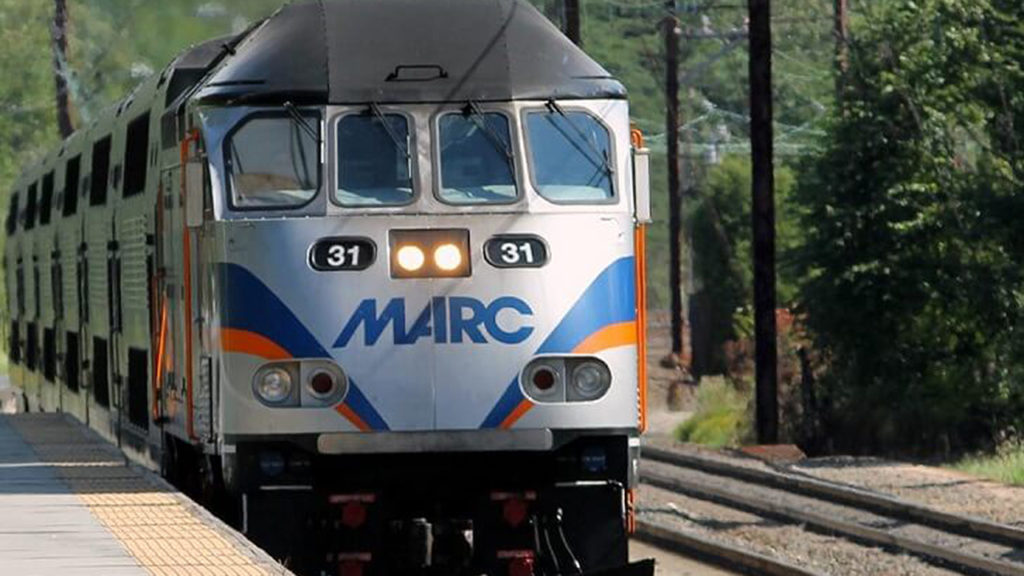
MDOT/MTA will establish a Youth Transit Council to “foster understanding and collaboration between the agency and its young customers.” Participating 14- to 18-year-olds in the Baltimore region will not only learn how Maryland Transit Administration operates but also have an opportunity to offer suggestions and explore career options available in the public transportation industry. MDOT/MTA provides bus, light rail, metro subway, MARC commuter rail, and paratransit services.
Applications will be accepted through Dec. 8, and applicants should live in the Maryland Transit Administration’s core service area. The agency will choose 20 members to create a representative group across age, geography, demographics and schools, it said. Youth Transit Council meetings are expected to begin in early 2024 and may be held in-person or virtually.
“Engagement with riders is key to improving our transit system,” Maryland Transit Administrator Holly Arnold said. “Today’s youth will inherit the transit system we’re planning and creating today—they are the region’s future bus and train riders. The Youth Transit Council will enable us to hear from younger riders directly to take their ideas into consideration.”
“In order to give our transit customers premiere service, we must engage them and listen to their needs,” Maryland Transportation Secretary Paul J. Wiedefeld said. “As someone who grew up riding transit every day to attend high school in Baltimore, I know our young riders have a unique perspective on Maryland’s transit network. Through the Youth Transit Council, we hope to learn a lot from them, and maybe pique their interest in transportation careers.”
Metrolink
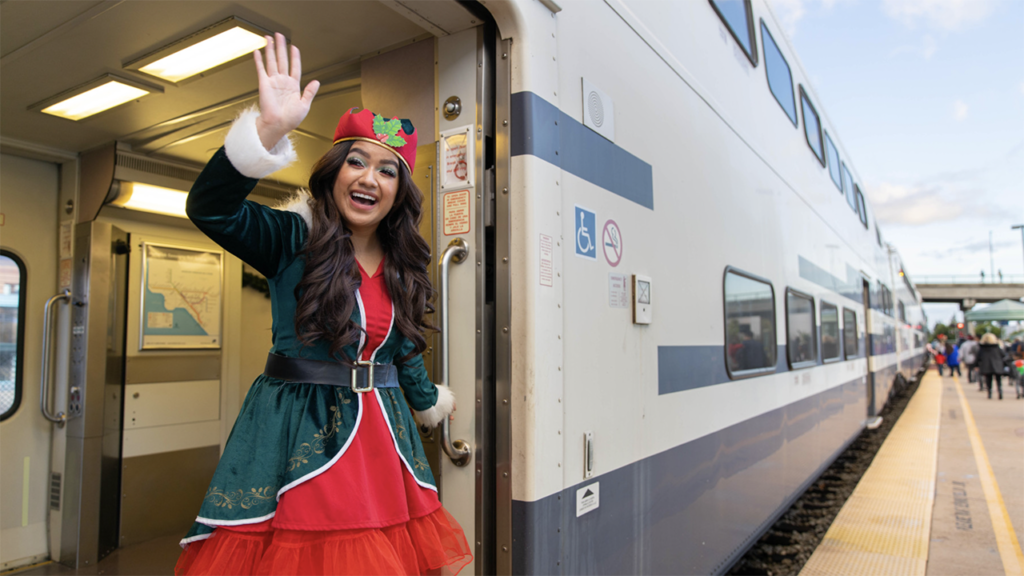
Holiday Express Trains featuring decorated railcars, carolers and popular holiday characters are returning to Metrolink, the seven-line, 538-route mile regional/commuter rail system that spans six Southern California counties.
In total, eight Holiday Express Train trips, ranging from 60- to 100-minutes long, will take place over four Saturdays in November and December, leaving from Metrolink stations in Perris, Rancho Cucamonga, Simi Valley, Burbank and Laguna Niguel. Each car will have assigned seating, and riders can choose their seats at the point of purchase. Festive, family-friendly activities, including musical performances, holiday-themed balloon twisters and crafting tables, will be available at the stations for attendees to enjoy ahead of boarding.
Metrolink said it is also partnering with the County of Los Angeles Fire Department’s Spark of Love Toy Drive, and is encouraging Holiday Express Train riders to bring a new, unwrapped toy for donation.
“We received an extraordinary response from riders when we first introduced the Holiday Express Train in 2019, and we’re thrilled to announce its return this fall,” Metrolink CEO Darren Kettle said. “Not only is the Holiday Express Train back, it’s bigger and better. We’re adding four extra trips, including first-time service on the 91/Perris Valley Line, and increasing our capacity from six to eight passenger cars so that more riders can join in the festivities.”
SEPTA
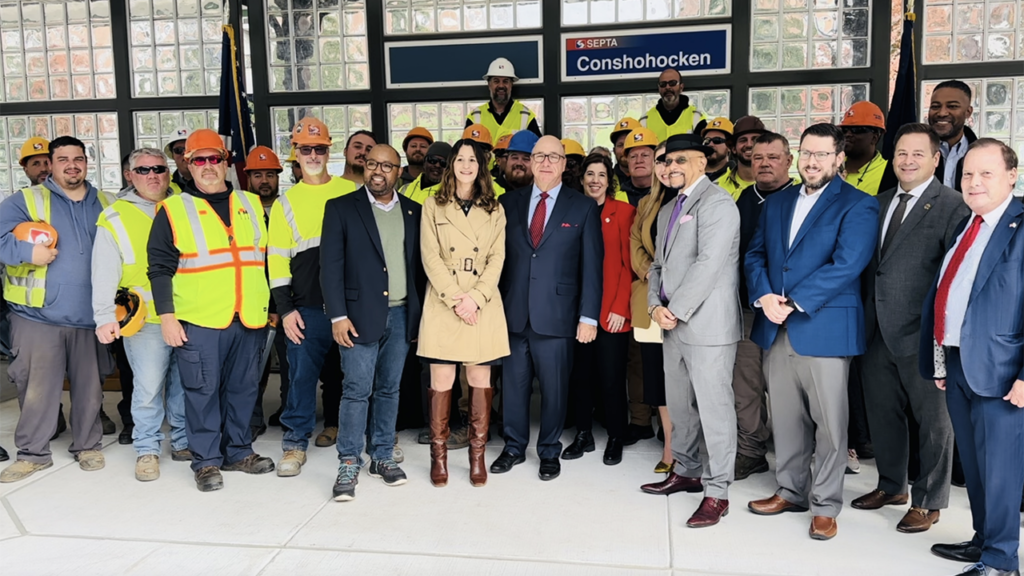
SEPTA on Nov. 9 celebrated the opening of the new Conshohocken Station on the Manayunk/Norristown Regional Rail Line. The approximately $15 million station was built at 36 W. Washington Street, directly to the west of the former station.
Construction began in November 2019 and will continue into early 2024 to decommission the former station. SEPTA said it used a hybrid construction approach to “leverage outside expertise with the strengths of internal resources to increase overall productivity and cost effectiveness.”
The fully ADA accessible station features a new building and rider shelters; high-level platforms; an accessible parking area; a new grade crossing for vehicular and pedestrian traffic; and new signage and lighting. The Schuylkill River Trail was realigned to accommodate it.
According to the transit authority, the project would not have been possible without Pennsylvania Act 89, the state’s comprehensive transportation funding law passed in November 2013; Act 89 has enabled SEPTA to invest millions of dollars in the transit network throughout the region.
“Station accessibility is a core part of SEPTA’s capital program,” SEPTA CEO and General Manager Leslie S. Richards said. “With the opening of the new Conshohocken Station, we are one step closer to reaching our goal of making SEPTA easier to use and more accessible to all.”
With an average of approximately 500 weekday riders, the Conshohocken Station is one of SEPTA’s busiest Regional Rail stations.



